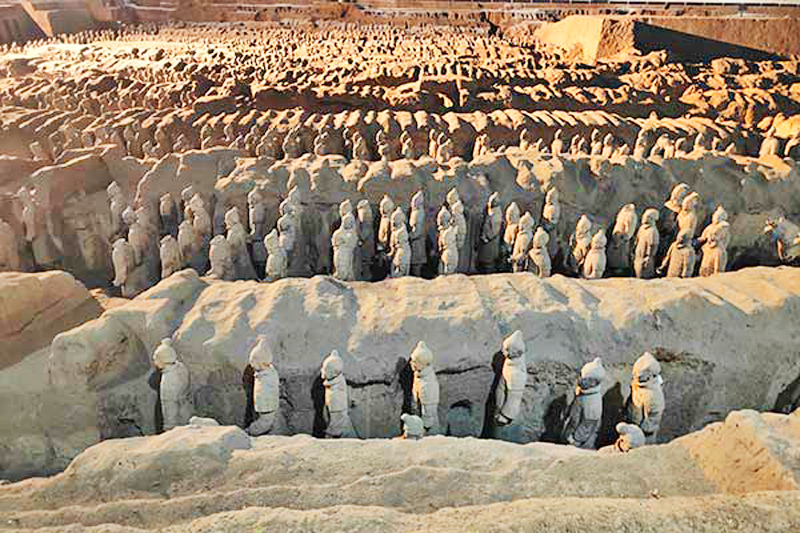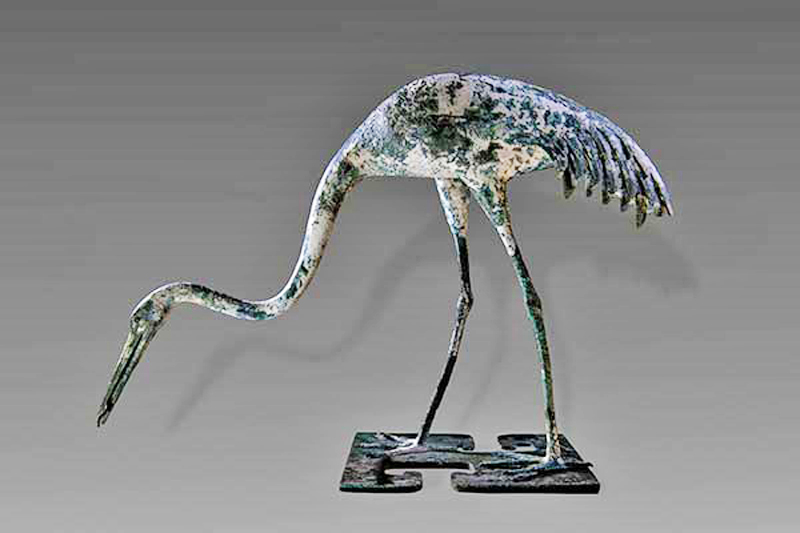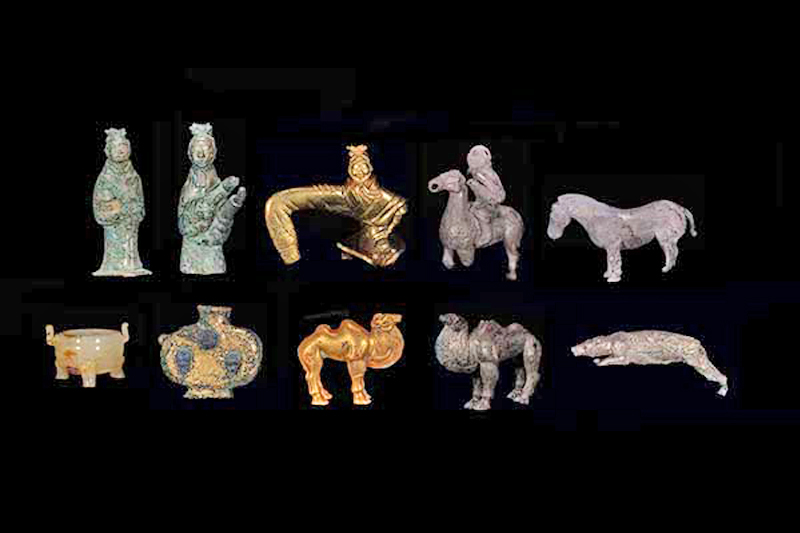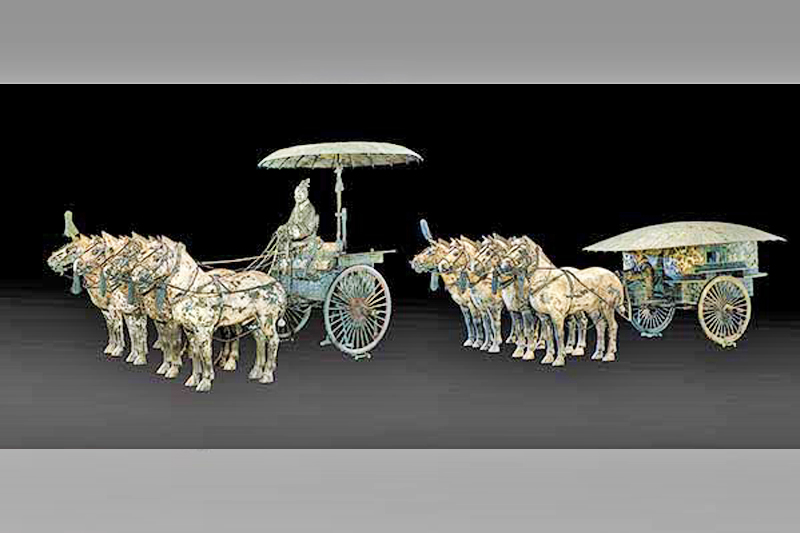XI’AN – Since the discovery of the Terracotta Army in 1974, archaeological work at the tomb of Emperor Qinshihuang in Xi’an, Shaanxi province, has continued for five decades, uncovering many important discoveries that improve understanding of the emperor of the Qin Dynasty (221-206BC). and the era of his reign. Here are some important discoveries over the past 50 years:
TERRACOTTA MILITARY PIT
The first hole was discovered in 1974 when a local farmer dug a well. In 1976, archaeologists discovered a second and third pit in the northern part, which connected and formed a group of satellite pits about 1.5 kilometers from the main tomb of Emperor Qinshihuang.
The three pits cover an area of 14,260, 6,000 and 520 square meters and have about 8,000 terracotta soldiers and horse statues, over 100 models of chariots, as well as over 40,000 weapons made of bronze.
The terracotta army was arranged in military formation, with three divisions and a command center, symbolizing the guard force of the Qin capital, Xianyang, during the reign of Emperor Qinshihuang. The discovery has opened up various research topics such as types of soldiers, equipment, organization and formation of the army as well as the techniques of making terracotta statues and bronze weapons.
BRONZE CHARIOT AND HORSE
In 1978, two large-scale bronze models of chariots and horses with painted decorations were found on the west side of the large knoll above the emperor’s main tomb. This car was placed in a wooden coffin but was shattered into pieces when it was found. However, the components are still complete and it took eight years to be restored by scholars.




This bronze carriage is modeled after the actual carriage of the period, although it is only half the size of the original. This discovery provides an accurate picture of the chariots of the ancient empire, as previously discovered chariots were made of wood and had decayed. The bronze model is one of the largest and best-preserved bronze chariots and horses ever found in China, becoming an important reference in the study of metallurgy and bronze manufacturing technology during the Qin Dynasty.
BRONZE WATER BIRD HOLE
In 2000, a satellite pit outside the main tomb wall uncovered 46 bronze waterfowl, including swans, red-crowned cranes and wild geese, along with 15 clay figurines. These birds are depicted in dynamic positions, some are looking for food, some are resting. Some egrets hold insect-like objects in their beaks, describing the moment as if they had just caught prey.
This scene depicts an atmosphere like a water habitat, where waterfowl play and hunt insects by the river. Some archaeologists think the clay figurines may represent musicians playing musical instruments, with waterfowl kept dancing to the beat.
As funerary objects, the birds may have symbolized entertainment for the emperor in the afterlife and reflected the cultural diversity of the Qin Dynasty.
GRAND CEMETERY
Since 2013, excavations have been carried out in a large tomb to the west of the emperor’s main tomb, which is one of the satellite tombs in the complex.
The mausoleum covers an area of 1,900 square meters and contains a burial chamber, a passageway, as well as three chariot burial pits.
Among the important discoveries is a four-wheeled horse carriage which is the first of its kind found in China.
In addition, the tomb also yielded various artefacts such as pottery, bronze vessels, jade, iron, as well as gold and silver objects, including a gold and silver camel which is the earliest discovery of its kind in the country.
Although the identity of the tomb’s owner remains a mystery, archaeologists say it is one of the largest, most dignified, and best-preserved Qin noble tombs ever discovered.
The discovery offers valuable insight into funeral rituals among the Qin Dynasty aristocracy. – ANN/ China Daily

